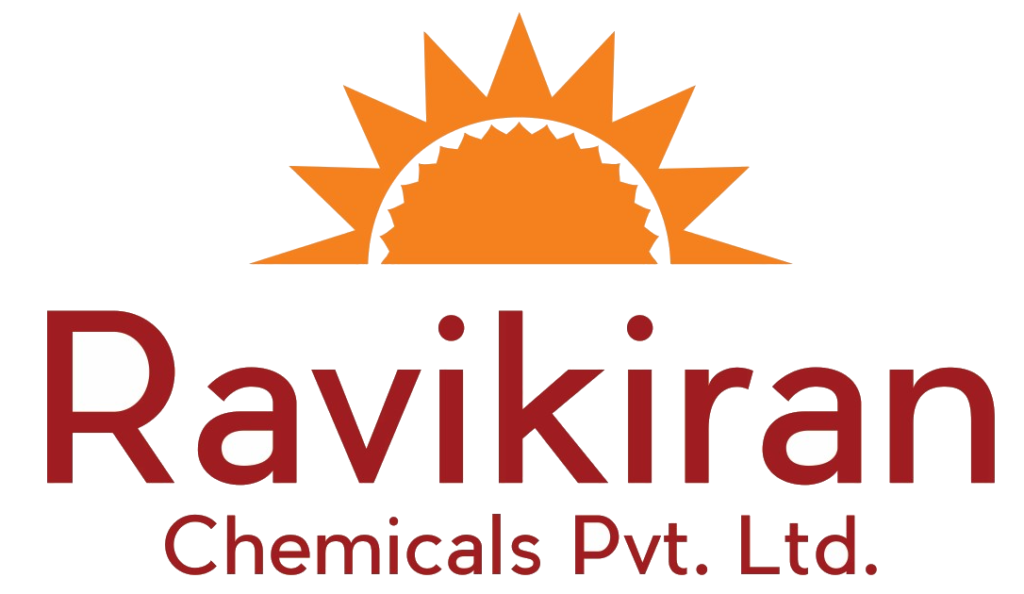Antiblocking Agent
Antiblocking agents are additives designed to prevent adhesion between polymer layers or surfaces, improving handling and processing efficiency in various industries. These agents consist of fine particles with controlled size distributions, selected based on their compatibility with specific polymers and processing conditions.
Antiblocking agents can be classified into different types, including inorganic materials like silica and talc, organic compounds such as fatty acid amides, and synthetic silicates. They function by creating a micro-rough surface on polymer films or sheets, thereby reducing surface contact and preventing blocking without compromising optical clarity or mechanical properties.
Antiblocking agents are essential in film and sheet extrusion processes to prevent layers from sticking together during winding, storage, and transportation. They enhance film handling and facilitate downstream operations by maintaining separation between layers.
In injection molding, antiblocking agents improve mold release and prevent parts from sticking to the mold cavity. This enhances production efficiency and ensures the quality and consistency of molded products.
Also used in blown film processes, antiblocking agents help control film slip and reduce friction between layers as they are inflated and cooled. This results in smoother films with improved optical properties and reduced blocking tendencies.
Antiblocking agents play a crucial role in food packaging, where they prevent polymer films from adhering to each other and compromising product quality during storage and distribution. They ensure that packaged goods remain intact and visually appealing.
In the textile industry, antiblocking agents are used to prevent fibers from clumping together during processing and manufacturing. This improves the handling of textile materials and enhances the quality of finished products.
Contact us Now for more information and technical assistance for various grades of Anti Blocking Agents
TECHNICAL DATA
| Grade Name | Appearance | Metal Content % | Ash Content % | Free Fatty Acid | Moisture | Melting Point | Density g/l | Sieve Residue on 200 Mesh |
| RK AS 555 | White Powder | — | 9.50 - 11.50 | 8.00 max. | 2.50 max. | 140 - 170 | 200 - 300 | 3.00 max. |
| RK AS 888 | White Powder | — | 7.50 - 9.00 | 0.60 max. | 4.00 max. | 135 - 150 | 200 - 300 | 2.00 max. |

